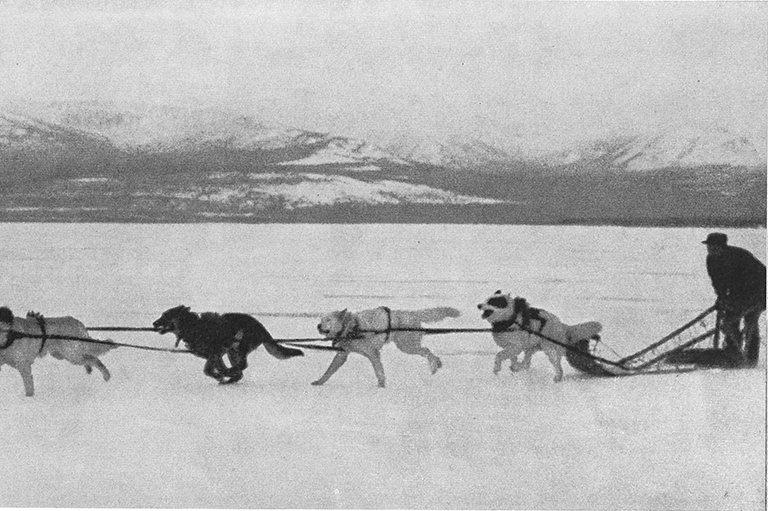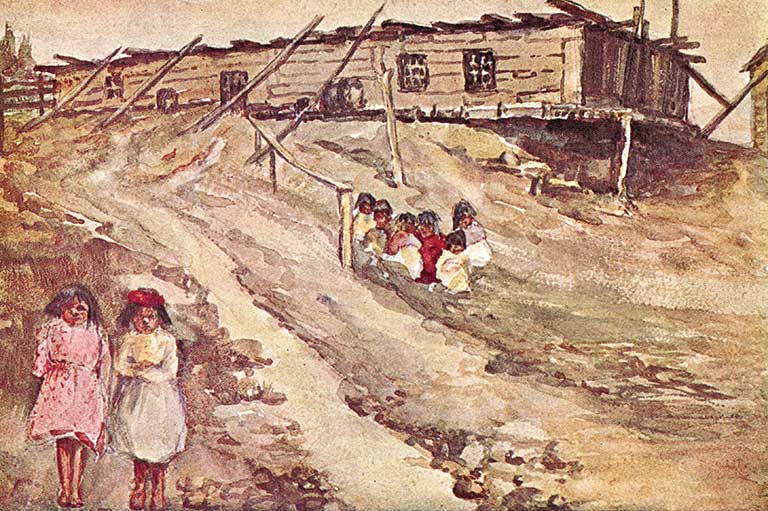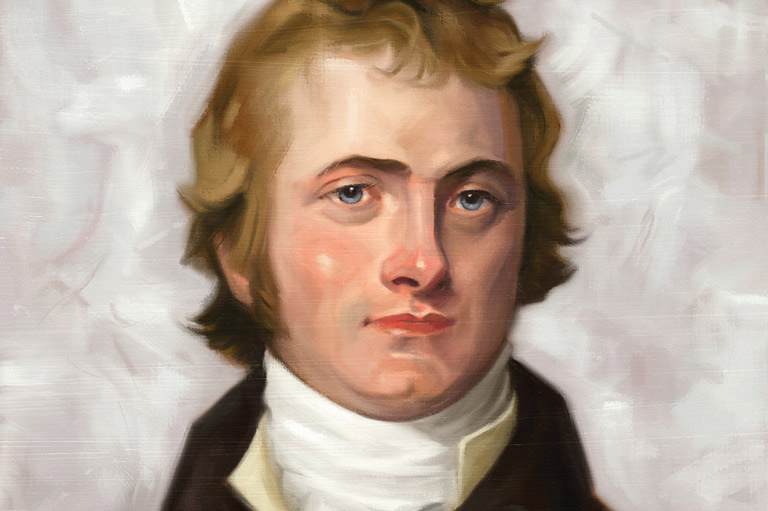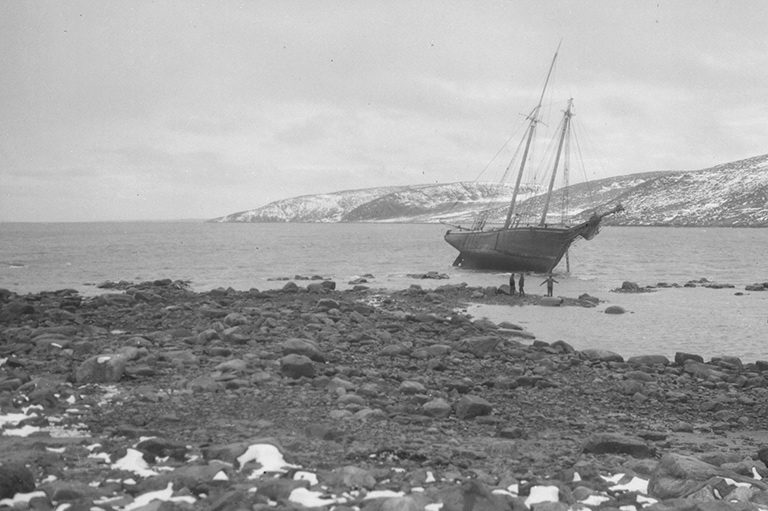Winging It
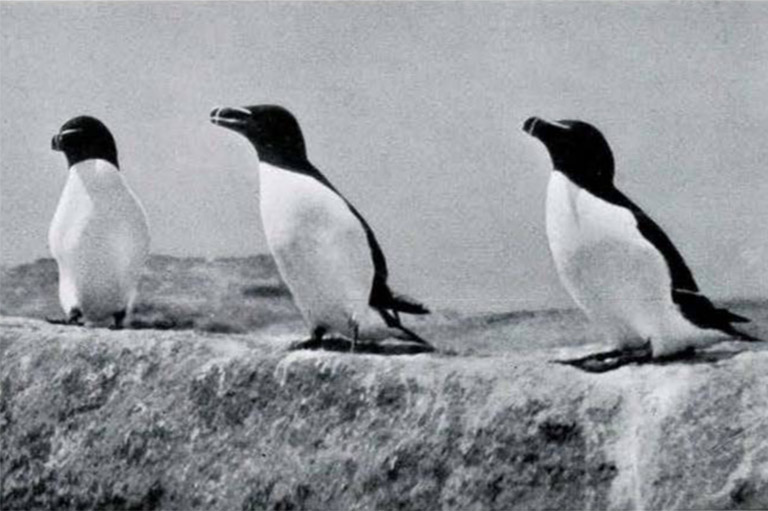
In 1937, American naturalist John Ripley Forbes spent several weeks exploring coastal Labrador in search of seabirds.
His voyage aboard the steamship Gertrude L. Thebaud, captained by American explorer and navy veteran Donald B. MacMillan, resulted in “Sea Birds of Labrador,” an article published in the June 1942 issue of The Beaver.
During the voyage, Forbes and company sailed as far north as the Arctic Circle, to the region around Cumberland Sound, but otherwise focused on the coast of Labrador.
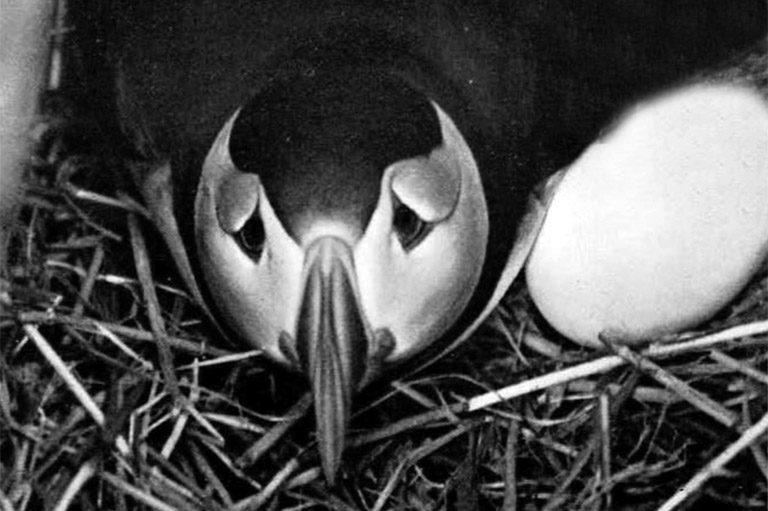
Near the Strait of Belle Isle, Forbes and his shipmates delighted in seeing “great numbers” of Atlantic puffins, whose short, unsteady flights often ended with an ungainly splash into the cool Atlantic Ocean. “We regret not being able to spend more time with this comical looking bird, a true Mr. Punch of the bird kingdom,” Forbes wrote.
As cute as the puffins were, Forbes cautioned against getting too close to the birds. “As the visitor to the puffin’s nest will testify, the [bird’s] bill is also used to inflict serious wounds when the bird is cornered.”

Forbes was also impressed by the gannets he encountered, dubbing them “magnificent ocean dwellers.” Among the many white-feathered adults were smaller “dusky coloured” young, who spent hours on end “flying about looking for food.” Other birds spotted by Forbes included razor-billed auks, white-winged scoters, black guillemots, and eider ducks.
The voyage — “full of interest and thrills,” wrote Forbes — lasted more than two months, during which time the ship travelled more than 9,600 kilometres before returning to port in Gloucester, Massachusetts.
With 7 uniquely curated newsletters to choose from, we have something for everyone.
Themes associated with this article
Advertisement
You might also like...

Canada’s History Archive, featuring The Beaver, is now available for your browsing and searching pleasure!

